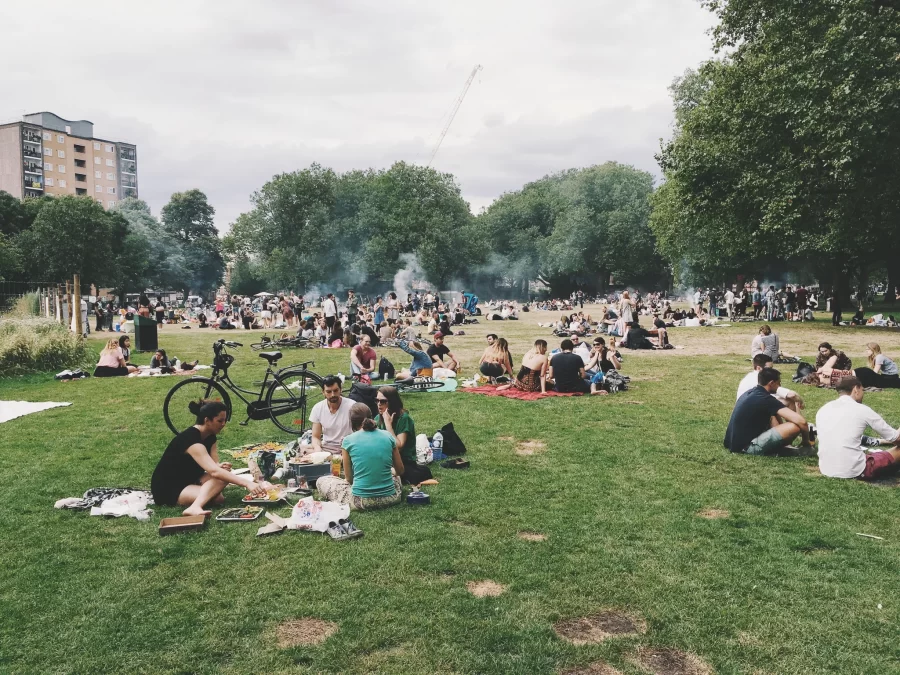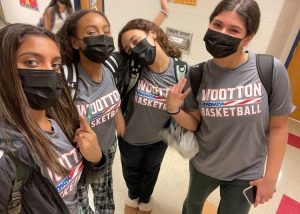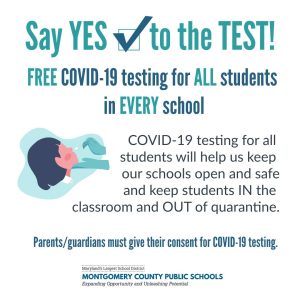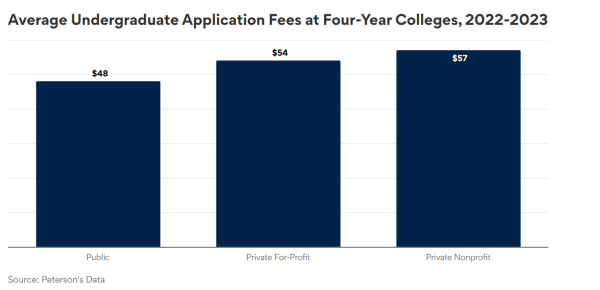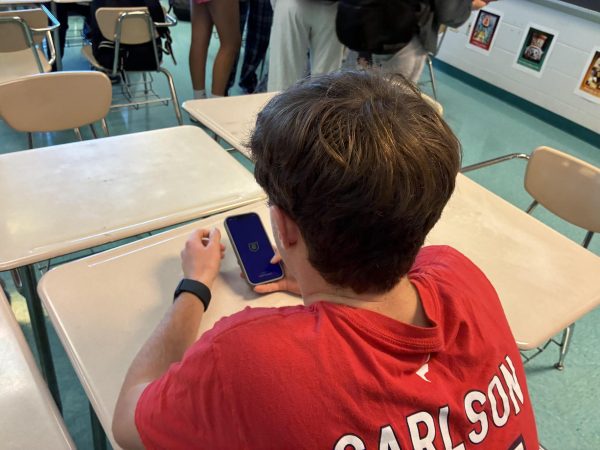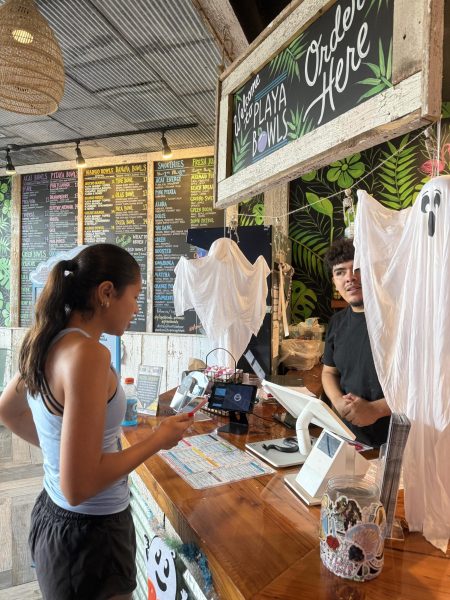How to socialize during COVID-19
Photo used with permission from Google Commons
One way to socialize safely is to hang out in a park.
With the current COVID-19 restrictions, people may be wondering how they can socialize with others. “In the beginning of Corona, I mainly socialized by FaceTime and texting, though since the vaccine came out, I started meeting up with people in person,” junior Eli Bull said.
One factor is what people are looking forward to doing once the virus is over. “Many of us are looking forward to a summer of relative freedom, with road-mapped milestones that will grant us more opportunities to see our friends and family. But we’ll be carrying the effects of months of isolation into those meetings, including a sense that our social skills will need dusting off, and our wits will need sharpening,” the World Economic website said.
Another factor is changing county and national guidelines. “If you’re unvaccinated, avoid crowded sidewalks and narrow paths and choose routes that make it easy to keep your distance. Wear a mask indoors in public places and outdoors in places where there is a high risk of COVID-19 transmission. Don’t wear a mask during activities in which it might get wet, such as swimming,” the Mayo Clinic said.
Not socializing has had a detrimental effect on people. “If you experienced bouts of cabin fever during the COVID-19 pandemic, you are not alone. Whether you are contending with a quarantine, shelter in place orders, or ‘Stay Healthy at Home’ regulations, being confined to a home during a pandemic like the Coronavirus has proved to be difficult for most people across the globe. But home confinement has been especially challenging for children — especially those with ADHD. While they may have difficulty expressing themselves, isolation and disruption to their routines can be scary and may impede their psychosocial development,” the Kentword website said.
People wonder if there are any ways to socialize safely. “The U.S. Centers for Disease Control and Prevention officially recommends that people avoid gatherings of any size outside your household, such as [in] a friend’s house, parks, restaurants, shops, or any other place. That’s especially important for people who are sick; know or suspect they’ve been exposed to COVID-19; are in a high-risk group, like the elderly or immune-compromised; or live with someone who fits into any of these categories,” Times website said.
People may not realize how difficult it has been for some to socialize during COVID-19. “It’s been very difficult, because of the quarantine, and talking in person is very different than talking over FaceTime or text. I just was by myself and didn’t really feel like talking to people, but I made sure to stay in contact with friends,” Bull said.
Learning which activities are safe requires research and effort.. “At a community level, people should be educated about the COVID-19 risks associated with various social activities. Going to the grocery store or playing a noncontact sport like tennis are low-risk activities, while going to a bar or attending a crowded indoor religious service are high-risk activities,” the Stats News website said.
Your donation will support the student journalists of Thomas S. Wootton High School. Your contribution will allow us to purchase equipment and cover our annual website hosting costs.
Ethan is a 2023 graduate.


